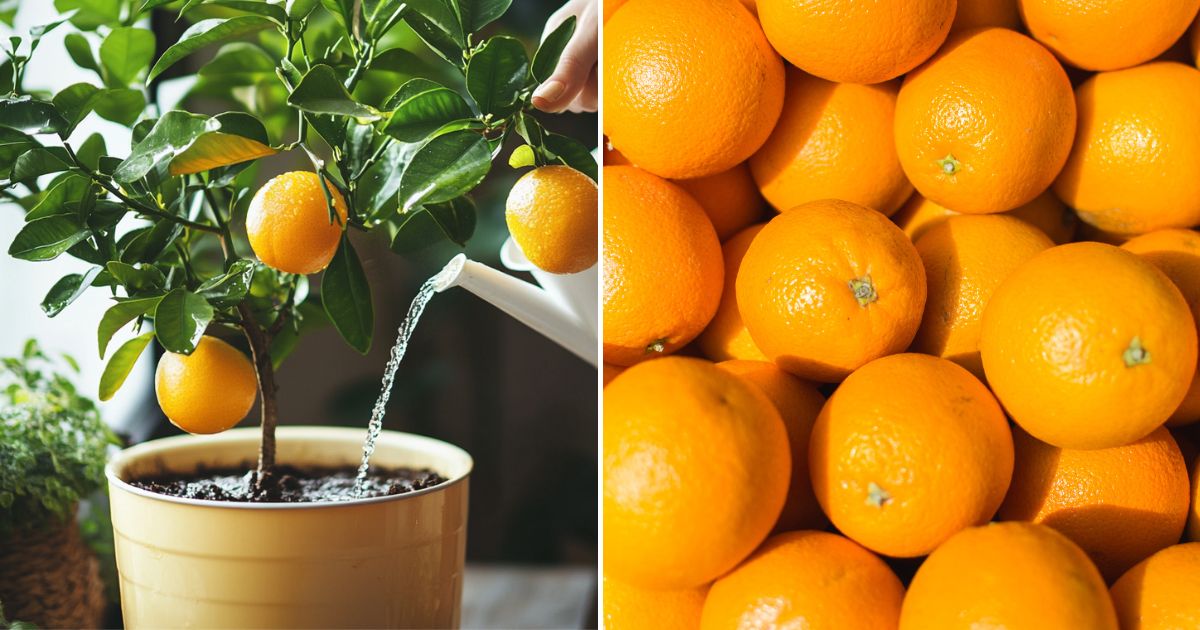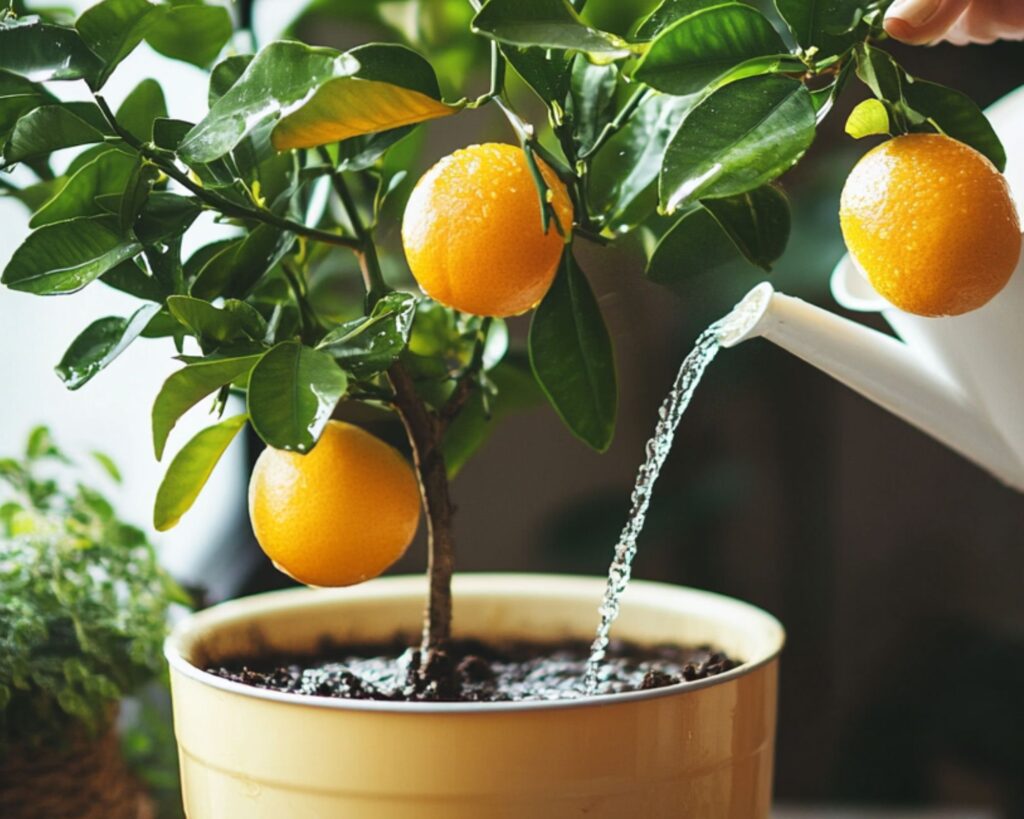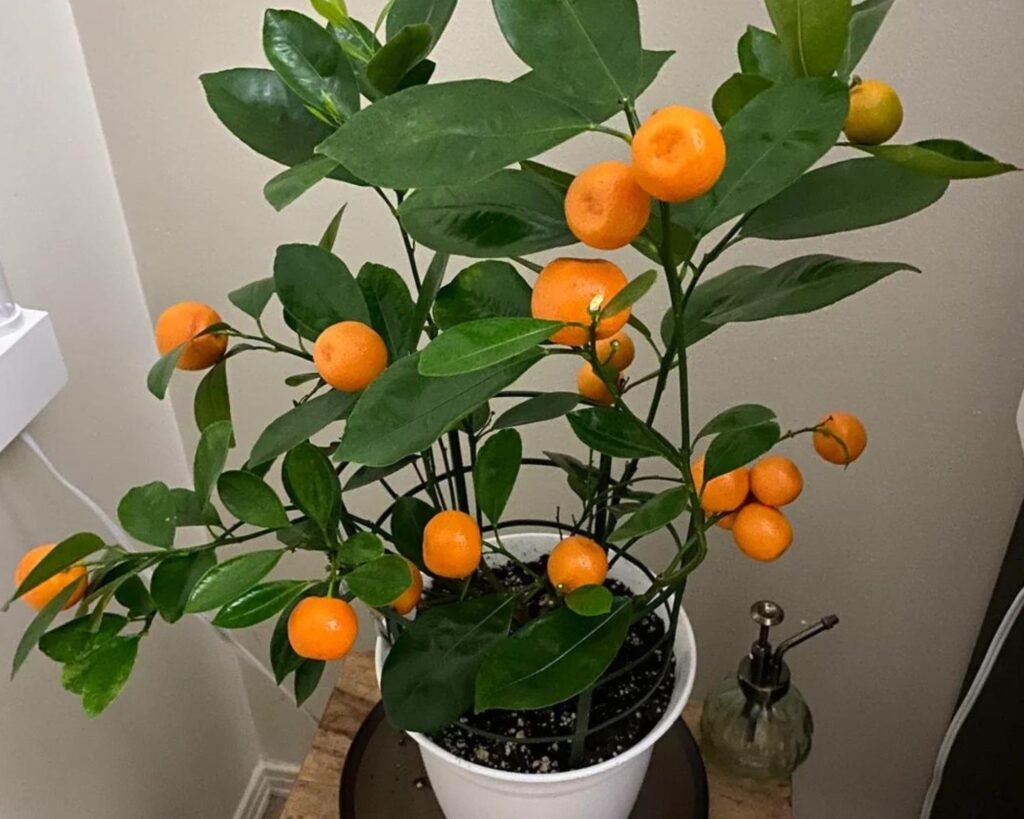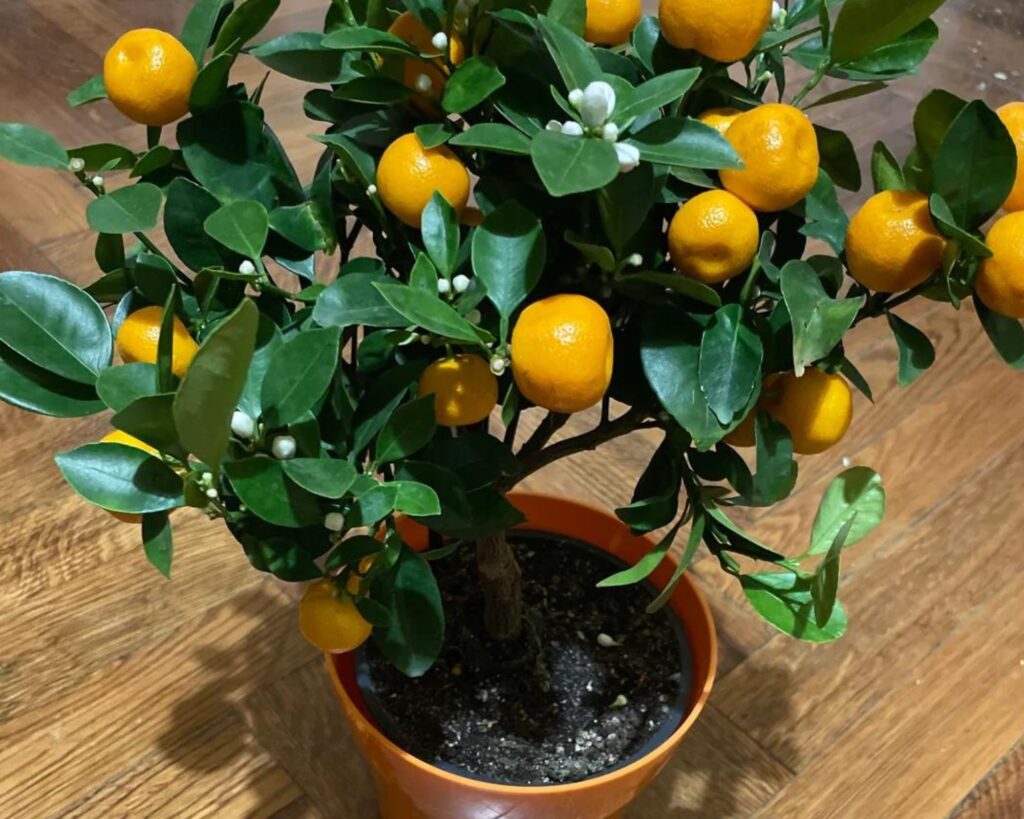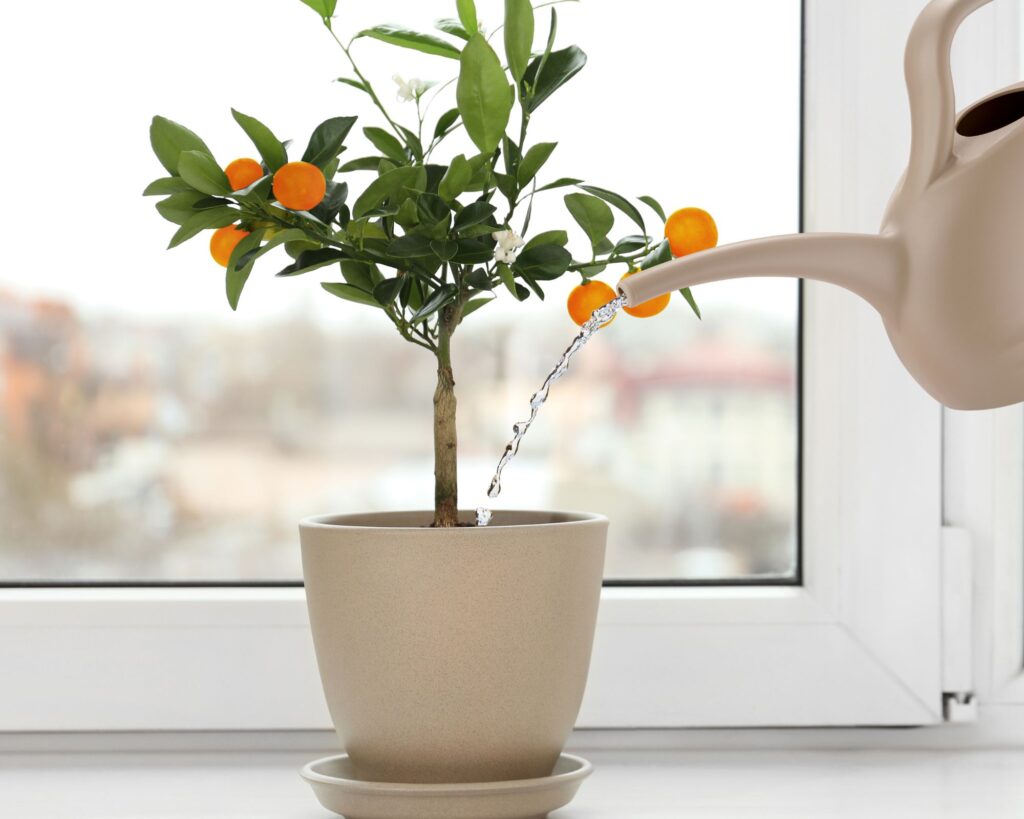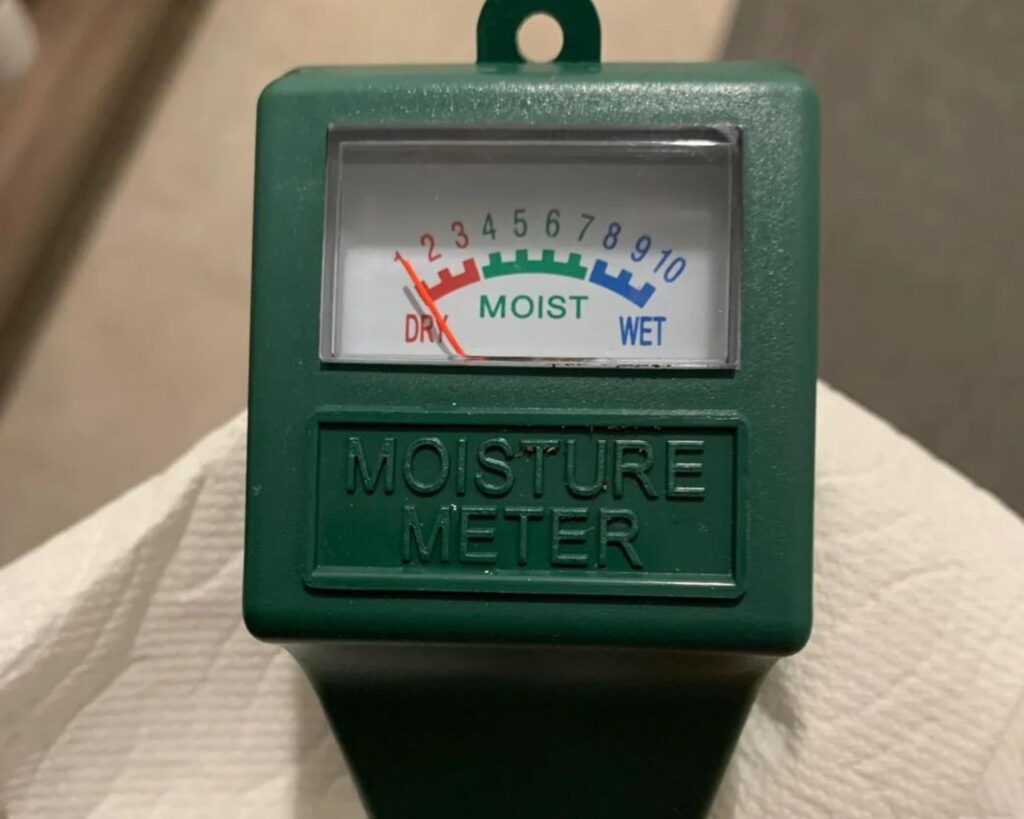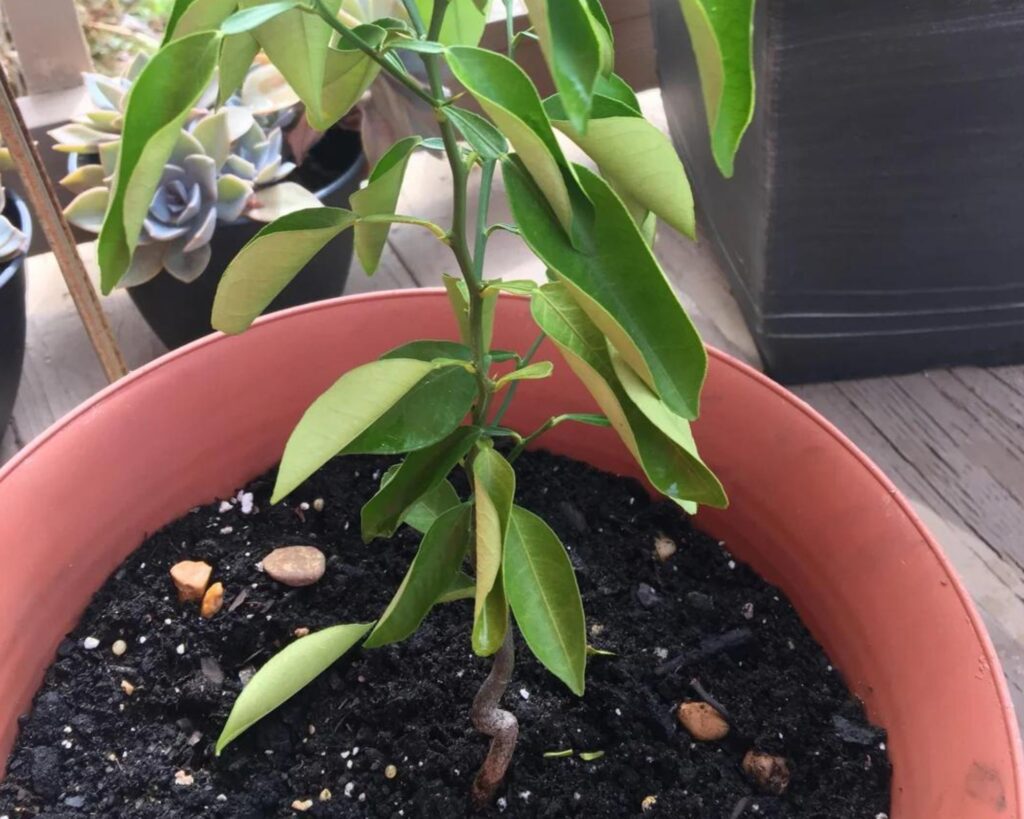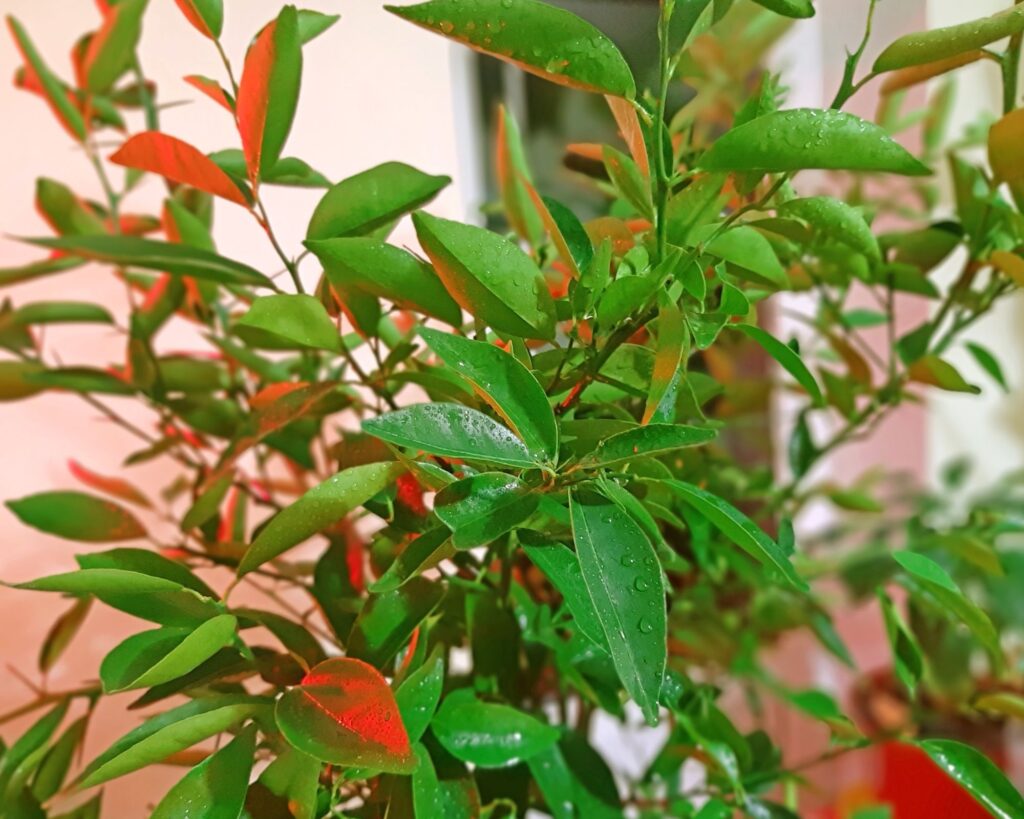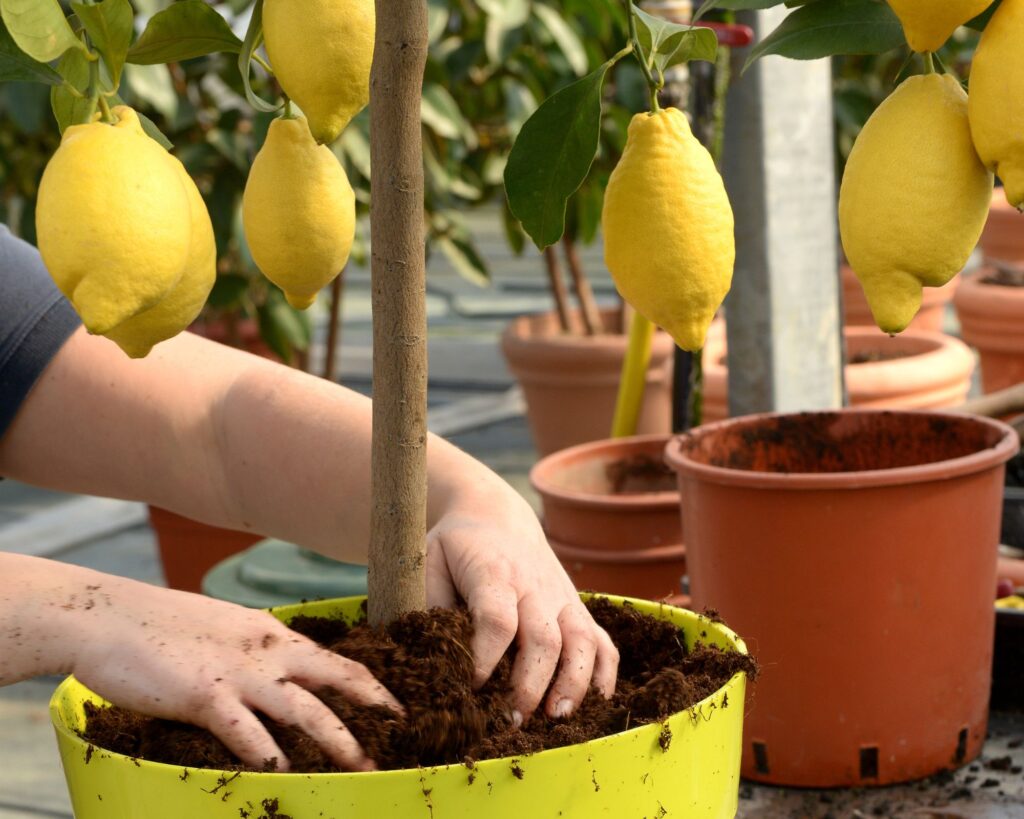Indoor citrus trees are a delightful addition to any home. They bring a splash of green to your living space, fill the air with a refreshing scent, and, with the right care, reward you with delicious, homegrown fruit. However, one of the most critical aspects of successfully growing citrus trees indoors is mastering the art of watering.
This guide will provide you with essential watering tips to help your indoor citrus tree thrive, ensuring that it remains healthy, vibrant, and productive.
Understanding the Water Needs of Citrus Trees
Before diving into specific watering tips, it’s important to understand the water needs of citrus trees. Citrus trees, such as lemons, limes, oranges, and kumquats, are native to regions with warm climates and well-drained soils. They thrive in conditions where they can receive consistent moisture without being waterlogged.
When grown indoors, citrus trees have different water requirements compared to those grown outdoors. The indoor environment is typically less humid and can lead to faster evaporation, but overwatering is a common mistake that can cause root rot and other issues. Therefore, striking the right balance in watering is key.
Factors Affecting Watering Needs
Several factors influence how much and how often you should water your indoor citrus tree:
- Type of Citrus Tree: Different citrus varieties have slightly different water needs. For example, lemon trees often require more water than other citrus trees due to their higher transpiration rate.
- Size of the Tree: Larger trees with more foliage will naturally require more water than smaller, younger trees.
- Type of Pot and Soil: The type of pot and soil you use can significantly impact water retention. Pots with good drainage and well-draining, sandy soil mixtures are ideal for citrus trees.
- Indoor Environment: Temperature, humidity, and light levels in your home play a crucial role in determining how often you should water your tree. Homes with central heating can dry out the air, leading to quicker evaporation.
- Season: Watering needs vary with the seasons. During the growing season (spring and summer), your tree will need more water, while in the dormant season (fall and winter), watering should be reduced.
Watering Frequency: How Often Should You Water?
The frequency of watering your indoor citrus tree depends on the factors mentioned above. However, a general rule of thumb is to water when the top 1-2 inches of soil feel dry to the touch. Here’s a more detailed breakdown:
During the Growing Season (Spring and Summer)
During the active growing season, citrus trees require more water to support new growth and fruit development. Typically, you should check the soil moisture level every few days. If the top inch of soil is dry, it’s time to water.
On average, you might need to water your indoor citrus tree once a week during this period, but this can vary depending on the factors we discussed. In hotter or drier indoor environments, you may need to water more frequently.
During the Dormant Season (Fall and Winter)
In the dormant season, citrus trees slow down their growth, and their water needs decrease. Overwatering during this time can lead to root rot, so it’s crucial to reduce the watering frequency. You might find that watering every 2-3 weeks is sufficient during this period.
Always check the soil before watering, and ensure it’s dry to the touch at least 2 inches below the surface. It’s better to err on the side of under-watering during the dormant season, as citrus trees can tolerate short periods of dryness better than soggy soil.
Watering Techniques: Best Practices for Indoor Citrus Trees
How you water your indoor citrus tree is just as important as how often you water. Here are some best practices to ensure your tree receives the optimal amount of moisture:
1. Water Thoroughly
When you water your citrus tree, do so thoroughly. This means watering until you see water draining out of the bottom of the pot. Thorough watering ensures that the entire root system gets moisture, which promotes healthy root growth. However, always make sure to empty the saucer beneath the pot to prevent the roots from sitting in water, which can lead to root rot.
2. Use Room Temperature Water
Citrus trees are sensitive to extreme temperatures, so it’s best to use room temperature water. Cold water can shock the roots, especially during the winter months, while hot water can damage them. Filling your watering can and letting it sit for a few hours before watering will allow the water to reach a comfortable temperature.
3. Water in the Morning
Watering your citrus tree in the morning is ideal because it gives the plant time to absorb moisture before the heat of the day (if your home warms up during the day). Morning watering also allows any excess water on the leaves to evaporate, reducing the risk of fungal diseases.
4. Check Soil Moisture Regularly
Regularly checking the soil moisture is crucial for determining when to water. A simple way to do this is by sticking your finger 1-2 inches into the soil. If it feels dry at that depth, it’s time to water. You can also use a moisture meter for more precise measurements.
5. Avoid Overhead Watering
When watering your citrus tree, aim the water at the soil rather than overhead. Watering the leaves can increase the risk of fungal infections and pests, especially in indoor environments where air circulation might be limited. Focus on watering the soil directly around the base of the tree.
6. Adjust Watering Based on Pot Size
The size of your pot can affect how quickly the soil dries out. Smaller pots tend to dry out faster than larger ones, so adjust your watering schedule accordingly. If your tree is in a small pot, you may need to water more frequently. Conversely, trees in larger pots may require less frequent watering but more water per session.
Signs of Overwatering and Underwatering
Understanding the signs of overwatering and underwatering is crucial for maintaining a healthy indoor citrus tree. Here’s how to recognize and address these issues:
Source: Reddit
Overwatering
Signs:
- Yellowing leaves, starting from the bottom of the tree.
- Leaves that are soft and easily fall off.
- Foul smell from the soil (indicating root rot).
- Mold or fungus growing on the soil surface.
Solution: If you suspect overwatering, reduce the frequency of watering immediately. Ensure the pot has proper drainage and consider repotting the tree in fresh, well-draining soil if root rot is present. Allow the soil to dry out more between waterings.
Underwatering
Signs:
- Leaves curling or wilting.
- Dry, brittle leaves that fall off easily.
- Stunted growth or lack of new growth.
- Dry, compacted soil that pulls away from the edges of the pot.
Solution: If your tree is underwatered, increase the frequency of watering and ensure you’re watering thoroughly. Water the tree slowly to allow the soil to absorb moisture evenly. In severe cases, you may need to submerge the pot in water to rehydrate the soil fully.
Additional Tips for Watering Success
To further ensure your indoor citrus tree thrives, consider these additional tips:
1. Humidity Matters
Citrus trees prefer a humid environment, which can be challenging to maintain indoors, especially during winter when heating systems dry out the air. To increase humidity, you can mist the leaves with water regularly, place a humidity tray (a shallow tray filled with water and pebbles) near the tree, or use a humidifier.
2. Use Mulch to Retain Moisture
Adding a layer of organic mulch, such as compost, bark, or coconut coir, on top of the soil can help retain moisture and regulate soil temperature. Just ensure the mulch does not touch the trunk of the tree to prevent rot.
3. Fertilize Wisely
Fertilizing your citrus tree can improve its overall health and help it better utilize water. Use a balanced, slow-release fertilizer formulated for citrus trees. Avoid over-fertilizing, as this can lead to excessive salt buildup in the soil, which can affect water absorption.
4. Reevaluate Watering After Repotting
If you repot your citrus tree, be aware that its water needs may change due to the new soil and pot size. Newly repotted trees may require a different watering schedule, so monitor the soil moisture closely in the weeks following repotting.
Watering is one of the most important aspects of caring for an indoor citrus tree, and getting it right can mean the difference between a thriving, fruitful tree and one that struggles to survive. By understanding the specific water needs of your citrus tree, adjusting your watering schedule based on environmental factors, and paying close attention to the signs of overwatering and underwatering, you can ensure your tree remains healthy and productive.
Remember, the key to success is consistency and observation. With the right care and attention, your indoor citrus tree will reward you with vibrant foliage, fragrant blossoms, and delicious fruit that you can enjoy year-round. So, grab your watering can, keep these tips in mind, and watch your citrus tree flourish!
